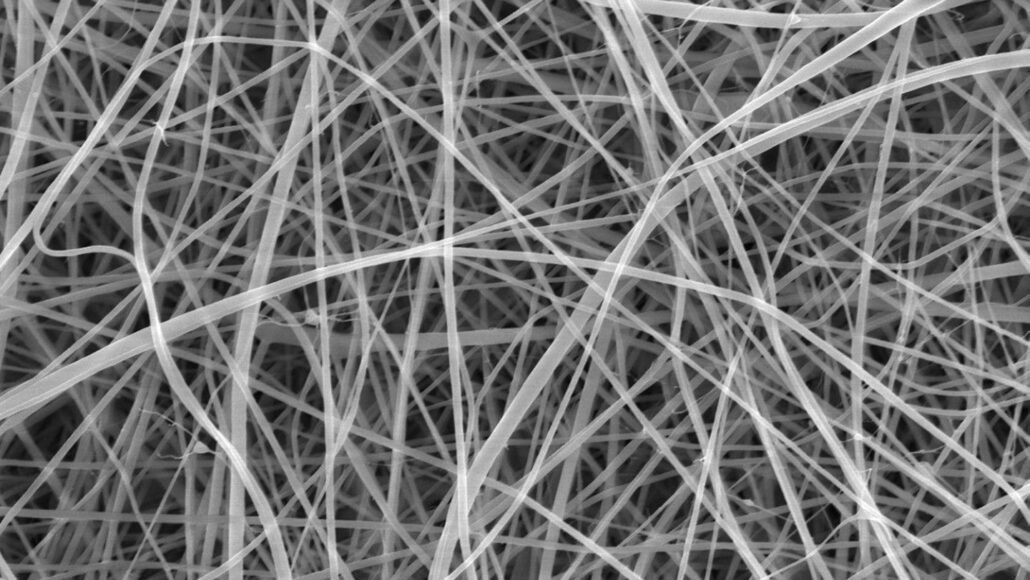average: (in science) A term for the arithmetic mean, which is the sum of a group of numbers that is then divided by the size of the group.
bacteria: (singular: bacterium) Single-celled organisms. These dwell nearly everywhere on Earth, from the bottom of the sea to inside other living organisms (such as plants and animals). Bacteria are one of the three domains of life on Earth.
biodegradable: Adjective for something that is able to break down into simpler materials, based on the activity of microbes. This usually occurs in the presence of water, sunlight or other conditions that help nurture those organisms.
cellulose: A type of fiber found in plant cell walls. It is formed by chains of glucose molecules.
constant: Continuous or uninterrupted.
edible: Something that can be eaten safely.
evaporate: To turn from liquid into vapor.
fiber: Something whose shape resembles a thread or filament.
matter: Something that occupies space and has mass. Anything on Earth with matter will have a property described as "weight."
molecule: An electrically neutral group of atoms that represents the smallest possible amount of a chemical compound. Molecules can be made of single types of atoms or of different types. For example, the oxygen in the air is made of two oxygen atoms (O2), but water is made of two hydrogen atoms and one oxygen atom (H2O).
nanometer: A billionth of a meter. It’s such a small unit that researchers use it as a yardstick for measuring wavelengths of light or distances within molecules. For perspective, an average human hair is about 60,000 nanometers wide.
pore: A tiny hole in a surface. On the skin, substances such as oil, water and sweat pass through these openings.
protein: A compound made from one or more long chains of amino acids. Proteins are an essential part of all living organisms. They form the basis of living cells, muscle and tissues; they also do the work inside of cells. Antibodies, hemoglobin and enzymes are all examples of proteins. Medicines frequently work by latching onto proteins.
starch: A soft white chemical made by all green plants. It’s a relatively long molecule made from linking together a lot of smaller, identical building blocks — all of them glucose, a simple sugar. Plants and animals use glucose as an energy source. Plants store that glucose, in the form of starch, as a reserve supply of energy. Animals that consume starch can break down the starch into glucose molecules to extract the useful energy.
trait: A characteristic feature of something.








